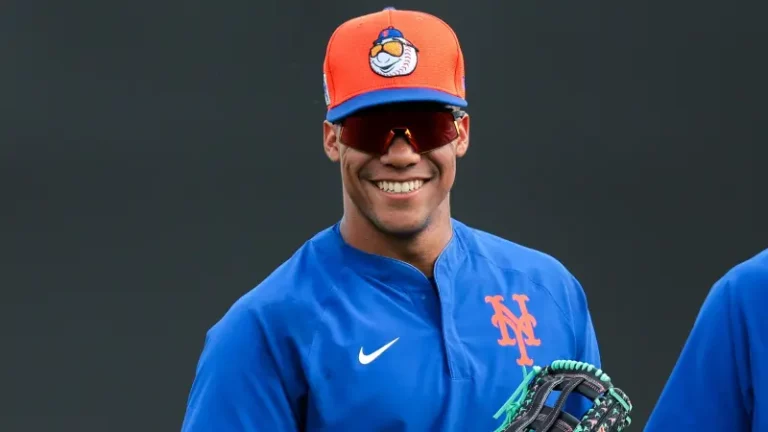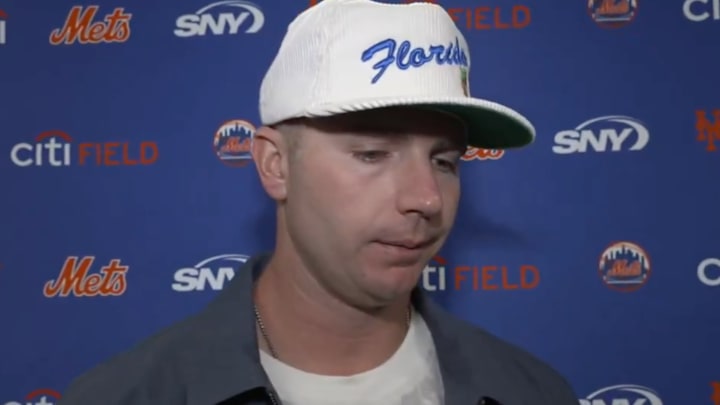
As the New York Mets navigate a turbulent 2025 season riddled with offensive inconsistency, one young player has emerged as a steadying force in the lineup: Brett Baty. The 24-year-old third baseman has become a rare bright spot for a team still trying to find its identity at the plate. While the Mets continue to grapple with slumps from veterans and unfulfilled expectations, Baty’s timely hitting and developing poise have made him a crucial contributor in an otherwise frustrating campaign.

At this point in the season, the Mets rank near the bottom of the National League in several offensive categories, including batting average with runners in scoring position and home runs. Big-name players like Pete Alonso and Francisco Lindor have had streaky months, and injuries have disrupted any sense of offensive rhythm. In contrast, Baty has quietly elevated his game, delivering in key moments and proving he belongs not just as a part of the Mets’ future, but also their present.
Baty’s ability to come through in the clutch has stood out. Whether it’s driving in go-ahead runs late in games or sparking rallies with two-out hits, he has shown a knack for producing when it matters most. His batting average in high-leverage situations is among the best on the team, a testament to his growing confidence and plate discipline. After a rocky 2023 season that saw him struggling to adjust to big-league pitching, Baty has clearly learned from those early growing pains.
Defensively, Baty has also taken meaningful strides. Once considered a question mark at third base due to inconsistent footwork and erratic throws, he’s worked tirelessly to improve his glove work and positioning. This season, he’s played with a noticeable calmness, committing fewer errors and showing increased range on tough plays. While he may never be a Gold Glove candidate, he’s become reliable — and on a team that has had trouble finding stability, that’s valuable.
Much of Baty’s improvement can be credited to his offseason preparation and the coaching staff’s commitment to his development. Working closely with hitting coach Jeremy Barnes, Baty revamped his swing mechanics, shortening his load and improving his bat speed. The changes have led to more consistent contact and a notable increase in opposite-field hits — a sign that he’s not just guessing at the plate but reacting with purpose.
Moreover, Baty’s emergence is a morale booster in a clubhouse that’s searching for answers. With trade rumors already swirling and fans growing impatient, his production serves as a reminder that not all is lost. In a year when expectations have not been met, watching a homegrown talent start to realize his potential gives the organization and its fans a reason for cautious optimism.
The Mets still have time to right the ship, but the window for a turnaround is shrinking. If the offense can’t get going, the front office may be forced to consider selling at the trade deadline. But regardless of how the rest of the season unfolds, Brett Baty’s growth is one storyline the Mets can be proud of. He’s not just surviving — he’s stepping up in moments when the team needs him most.
In the long run, Baty’s performance this year could be the foundation for something more substantial. If he continues on this trajectory, he could become a central figure in the Mets’ next true contender. For now, though, he remains a rare highlight in a season of missed opportunities — a player who is showing that even in tough times, progress is still possible.






